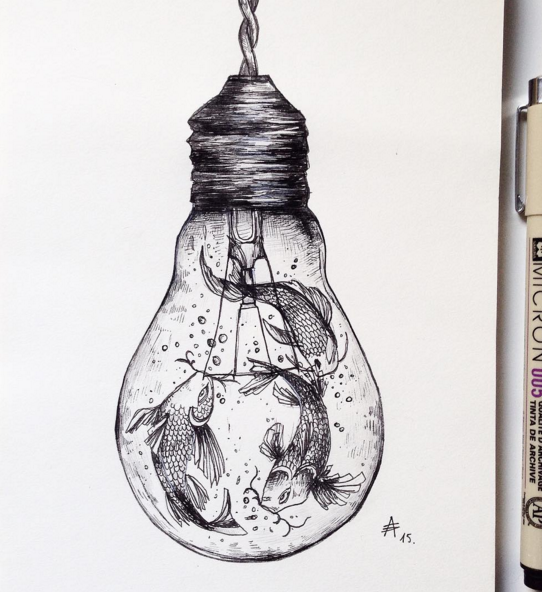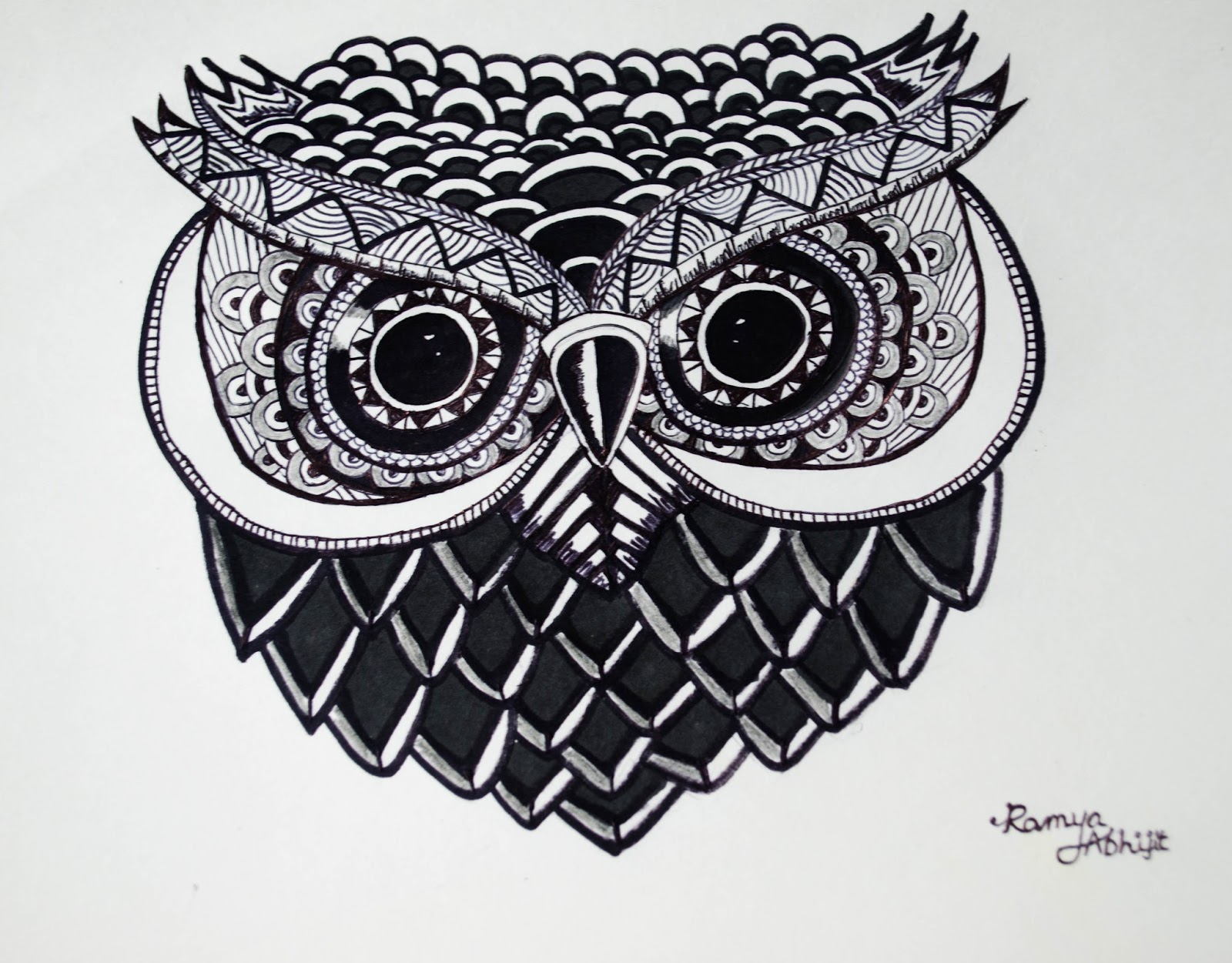


The barrel shape is round with some brands coated with a thin layer of plastic paint that is removed as the stick is used, which helps keep the fingers clean. Available in HB, 3B, 6B, and 9B grades, they have several advantages over the traditional wooden pencil. They lack the wooden casing found in pencils and are basically a thicker version of the graphite strip found in the center or a pencil. Graphite sticks are a popular alternative to traditional pencils. Some of the pencils have a wax content that enables them to be used without fixing, but other pencils are chalkier and will require fixative protection. Artists’ pencils resemble traditional graphite pencils but are also available with a rectangular profile. They can be smudged and blended but are not easily erased.Ī wide range of conté pencils are available in the traditional colors of black, white, sepia, sanguine, terra-cotta, and bistre (a grayish brown). While the pencils are more suitable for line work, the sticks can be used to block in larger areas of tone. They work particularly well on colored paper and can be used with other dry drawing media. The most popular colors are earth tones-white, black, grays, browns, and rusts, such as sanguine (a reddish brown) and sepia-but they are also available in a wide range of other colors. Conté sticks (also known as carré sticks) and hard chalks or pastels are ideal for making colored sketches. Most mechanical pencils, also known as clutch or propelling pencils, are good for precision work, but the softest grades are not easy to find.Ĭonté sticks, crayons, and pencils are natural pigments bound with gum Arabic. Aim to use a 2B or 3B to start your drawing and switch to a softer-or blacker-pencil, such as a 6B or a 9B, for deeper tones. It is for this reason that most drawings are made using a pencil which is HB or softer.

Soft pencils will give a greater range of tones than hard pencils and can be erased without leaving an indent should you make a mistake. If you require a darker tone, you will need to switch to a softer grade of pencil. H pencils (2H, 3H, and 4K they progressively become harder) are good for clear-cut, light lines, but will scratch into the surface of your paper, so B pencils are better for softer, tonal work.Įach grade of pencil will only produce a tone of a given darkness and no amount of pressure will make that tone darker. 9H is the hardest whereas 9B is the softest, with F (for fine) and HB in the middle range. They are graded from hard (H) to soft (B). Graphite pencils are best sharpened using a sharp craft knife rather than a pencil sharpener. The “lead” pencil is familiar to everyone, however, it is not and never was made from lead but from graphite, a type of carbon that is mixed with clay and baked. Begin with a medium that appeals to you and phase in others gradually as you feel the need to broaden your range and refresh your approach. It is recommended that to avoid unnecessary expense and disappointment, buy moderately at first. Nowadays, most materials are easier to use and there is a wider range of pigments available, but essentially, the way we use them remains virtually unchanged.įortunately, most drawing materials are relatively inexpensive and capable of producing many drawings before they need to be replaced. Despite many technological advances, artists’ materials have changed little over the centuries. Pencils and paper are the starting materials for most people.Īs you grow as an artist, you will soon find that you want to try out different techniques and new materials. The materials needed to begin drawing are simple: a tool with which to make a mark and a sheet of paper on which to make it. Below, we share an excerpt from the book’s overview of art materials and tools for getting started and growing your drawing practice.
#Sketchpen drawing ideas how to#
Artists Ian Sidaway and Susie Hodge share fundamental drawing techniques and exercises in their new book, How to Draw: A Comprehensive Drawing Course: Still Life, Landscapes, Buildings, People, and Portraits.


 0 kommentar(er)
0 kommentar(er)
